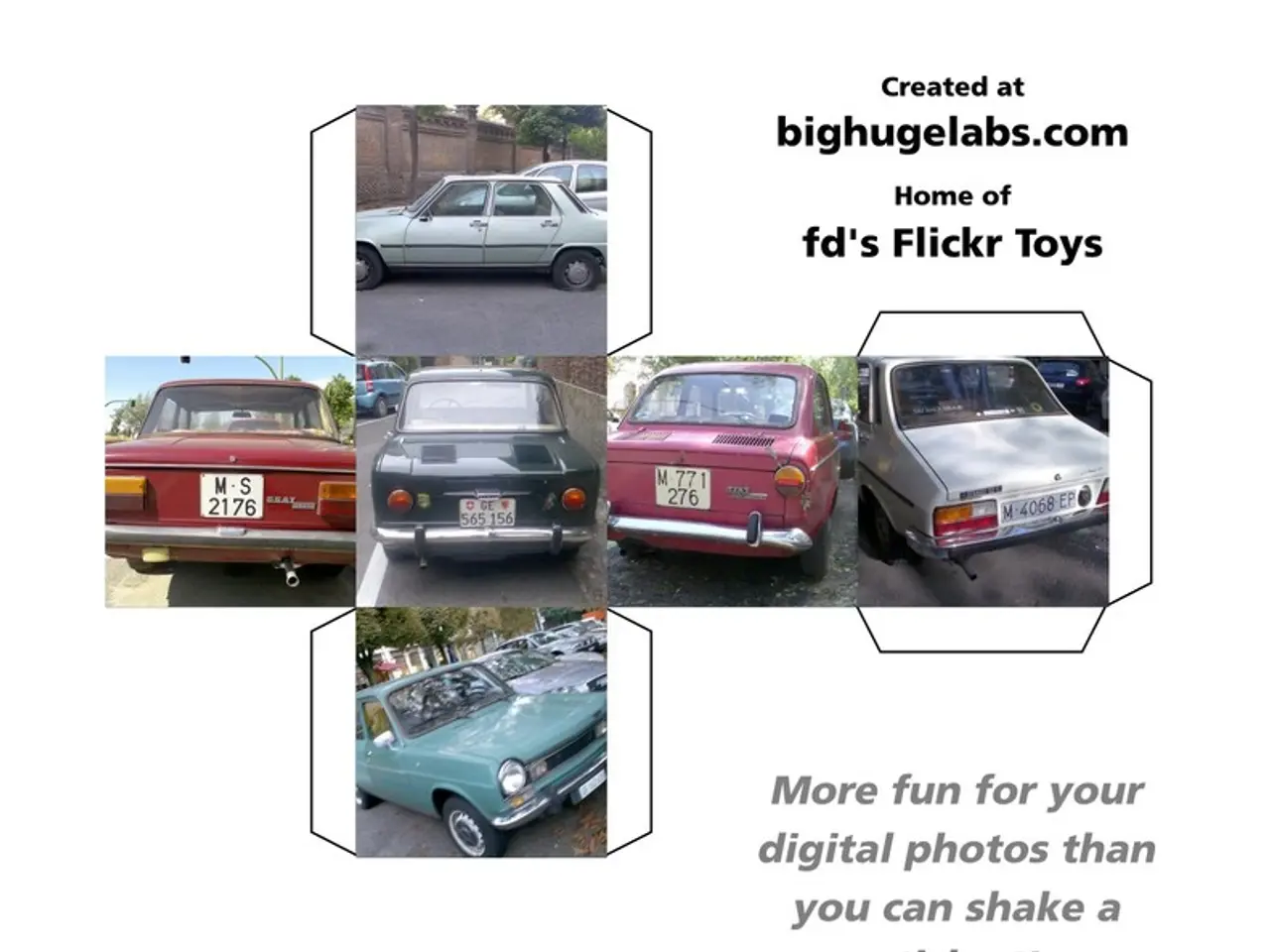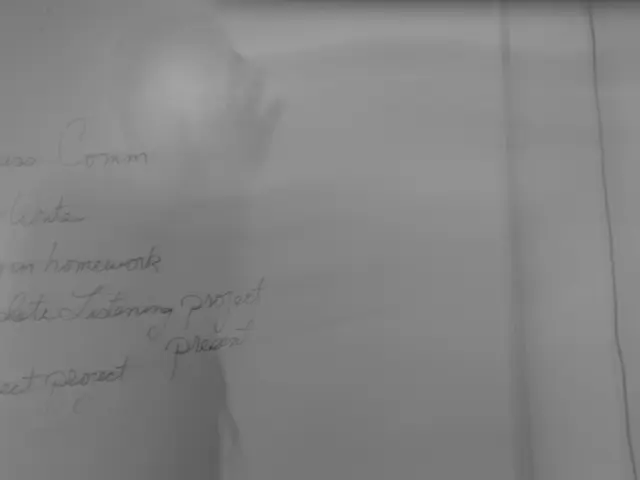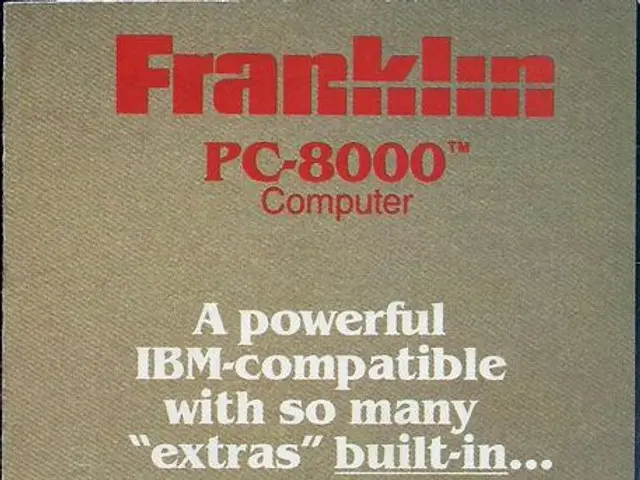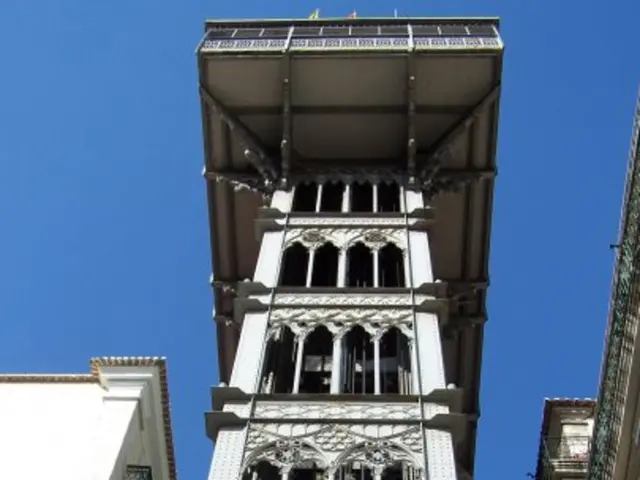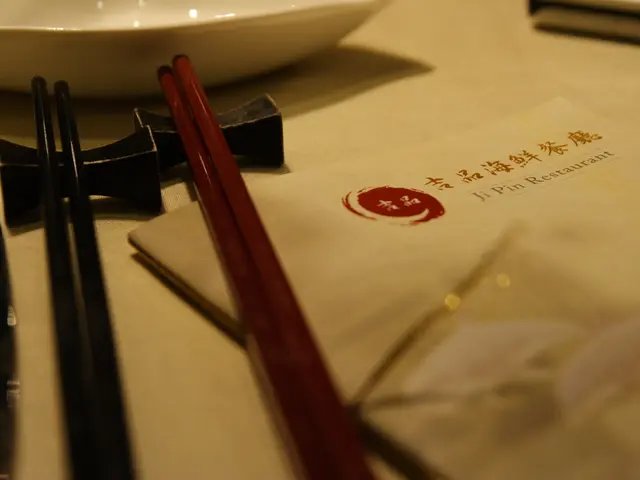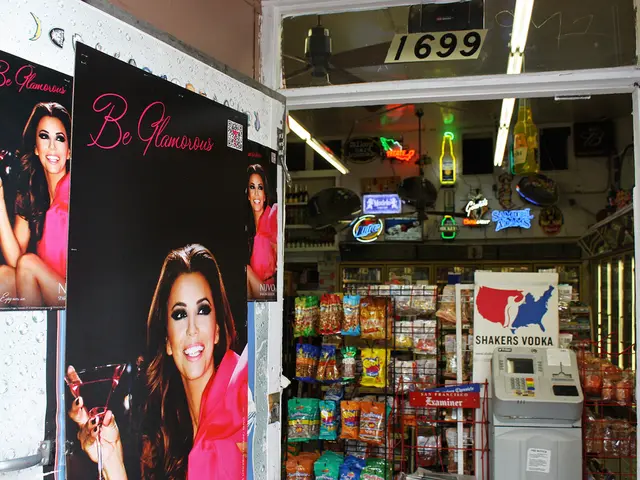Inspection reveal, Touran by VW showcase increasing size as model matures at Tüv
The Volkswagen Touran, first introduced in 2003, has been a popular choice for families seeking a spacious and reliable vehicle. Originally positioned as a competitor to the Opel Zafira, the Touran has evolved over two generations, each with its own set of characteristics.
The first Touran, produced from 2003 to 2006 and then again from 2010 to 2015, experienced some issues during its lifespan. According to the "Auto Bild TÜV-Report 2025", the first Touran has more issues than its successor. Common breakdown points include the exhaust gas recirculation system (particularly in model years 2011 to 2013), fuel injectors (in 2011 and 2013), starter battery (in 2003, 2005, 2006, 2015), starter motor (in 2004 and 2005), timing chain (in 2003), and ignition lock (from 2003 to 2012). Suspension components, springs, and dampers also showed signs of wear during the fourth HU, and unreliable brake systems and parking brakes were reported. From the third HU onwards, increased wear on the brake discs was observed.
Despite these issues, the first Touran performed moderately in breakdown statistics from 2007 to 2015. The ADAC reported the most frequent breakdowns of the exhaust gas recirculation system in Touran model years 2010 to 2012 during the period from 2011 to 2013.
The first Touran was also built as a bivalent bi-fuel version with a small petrol reserve tank (11 l). It measures approximately 4.39 m to 4.41 m in length, 1.79 m to 1.80 m in width, and 1.62 m to 1.68 m in height, with a boot volume ranging from 592 l to 1,989 l. The vehicle offers petrol (TSI) engines with power ranging from 75 kW/102 PS to 125 kW/170 PS, and diesel (TDI) engines with power ranging from 66 kW/90 PS to 130 kW/177 PS. Bi-fuel versions are available with power ranging from 80 kW/109 PS to 110 kW/150 PS (TSI).
In 2007, a version with increased ground clearance and plastic cladding, known as the Cross Touran, was introduced. The Touran underwent a facelift in 2006 and a significant redesign in 2010, with the second generation being officially launched in 2015.
The second generation Touran, built on the Modular Transverse Matrix (MQB) of Volkswagen and featuring technology from the Golf VII, has shown improvement over its predecessor. The Touran II measures approximately 4.53 m in length, 1.83 m in width, and 1.67 m in height, with a boot volume ranging from 834 l to 1,980 l. It offers petrol engines with power ranging from 81 kW/110 PS to 132 kW/180 PS, and diesel engines with power ranging from 81 kW/110 PS to 140 kW/190 PS.
The ADAC's breakdown statistics show an upward trend for the second generation Touran (2016 to 2022). One notable issue reported is problems with the headlights at the first mandatory check for the Touran II.
Dealer selling prices for various Touran models range from €9,044 for a 2013 1.4 TSI Ecofuel Highline with 155,000 kilometers, to €28,922 for a 2022 2.0 TDI BMT/Start-Stopp Active with 58,000 kilometers. A 2019 1.0 TSI BMT/Start-Stopp Trendline OPF is priced at €16,723 with 87,000 kilometers on the odometer.
The Touran is often praised for its spaciousness, with the second generation performing particularly well in vehicle inspections. With its improved reliability and advanced features, the Touran II continues to be a strong contender in the family vehicle market.
